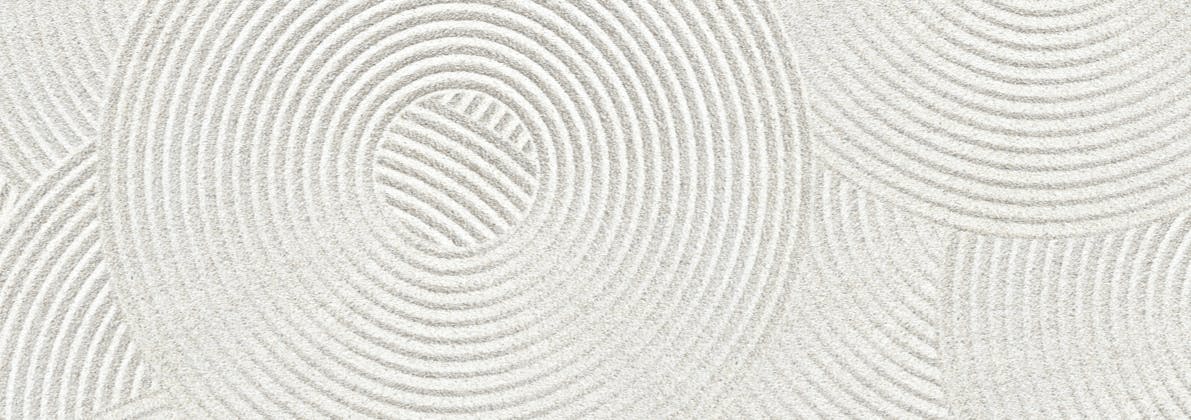Embarking on a rhinoplasty journey marks a significant step towards achieving the facial harmony and confidence you may be seeking. Whether your motivation is cosmetic enhancement or functional improvement, understanding the recovery process is crucial for a smooth and successful healing period. This comprehensive guide will walk you through what to expect in the first month after rhinoplasty surgery, providing insights and tips to aid your recovery.
Immediate Aftercare: The First 24 Hours
The journey begins the moment you wake up from surgery. Expect to feel groggy, with your nose either packed with gauze or fitted with a splint to maintain its new shape. Pain, bruising, and swelling are typical; however, these symptoms can be managed effectively with medications prescribed by your surgeon. Rest is paramount, and it's advised to keep your head elevated to reduce swelling.
Week 1: The Adjustment Period
The first week post-op is often described as the most challenging, marked by the most significant discomfort and appearance of bruising and swelling, particularly around the eyes and nose. You'll likely return to your surgeon for a follow-up appointment to remove any packing, splints, or stitches. This week, it's crucial to avoid strenuous activities, bending over, and any potential facial impacts.
Managing Symptoms:
- Swelling: Ice packs can offer relief, but avoid direct contact with your nose.
- Pain: Follow your surgeon’s advice regarding pain management medications.
- Hygiene: Cleaning your nose will be an essential part of your routine. Your surgeon will instruct you on safe cleaning practices.
Week 2-3: Visible Changes and Continued Healing
As you step into the second and third weeks, the initial intense swelling and bruising will start to subside, making way for more visible changes. Many patients feel comfortable enough to resume social activities, albeit with some noticeable signs of recent surgery.
It's essential to continue avoiding strenuous exercise, heavy lifting, and any activities that could cause an impact to the face. Your nose is still very vulnerable to shifts in shape or damage from accidental bumps.
Navigating Social Situations
Returning to social situations or work may require some adjustments. Be prepared with responses about your surgery, as you might feel comfortable sharing your experience with others. Also, sunglasses can help protect your nose from the sun and conceal some of the lingering signs of surgery.
Week 4: Emerging Results and Diminishing Discomfort
By the fourth week, you’ll notice a significant reduction in swelling and bruising after your rhinoplasty, revealing more of the final shape of your nose. While it’s still early days in the recovery process, the improvements will start to become apparent, offering a glimpse into the outcome of your surgery.
Activity Resumption
- Exercise: Light exercises can usually be resumed, but consult your surgeon for personalized advice.
Work and Social Activities: Most patients feel confident returning to their normal daily routines, albeit with some minor restrictions.
Long-Term Healing
It’s important to remember that while the first month post-rhinoplasty offers significant healing and improvements, complete recovery can take up to a year or more, as the nose continues to refine and settle into its final shape. Patience and following your surgeon’s instructions are key to achieving the best outcome.
Tips for a Smooth Recovery
- Follow Post-Op Instructions: Adhering strictly to your surgeon’s guidelines will facilitate a smoother recovery and better results.
- Rest and Nutrition: Prioritize rest and maintain a nutritious diet rich in vitamins and minerals to support healing.
- Avoid Certain Facial Expressions: Minimize movements that exert pressure on your nose, such as smiling or laughing broadly, during the early recovery phase.
- Protection: Wear sunscreen and a hat when going outdoors to protect your nose from sun exposure, which can affect healing.
Psychological Adjustments
Adjusting to your new appearance can take time. Some individuals may experience temporary feelings of regret or disappointment, especially when faced with swelling and bruising. It’s crucial to have a support system in place and to discuss any concerns with your surgeon. Most patients find their satisfaction with the surgery's outcome increases as the healing process progresses.
Final Thoughts
Rhinoplasty is a journey, with the first month post-surgery being a critical period for recovery and healing. By setting realistic expectations, following your surgeon's advice closely, and taking care of your mental and physical health, you're on the path towards achieving the results you've envisioned. Remember, patience and diligence during this time are your greatest allies in ensuring a successful recovery and the ultimate realization of your aesthetic goals.


